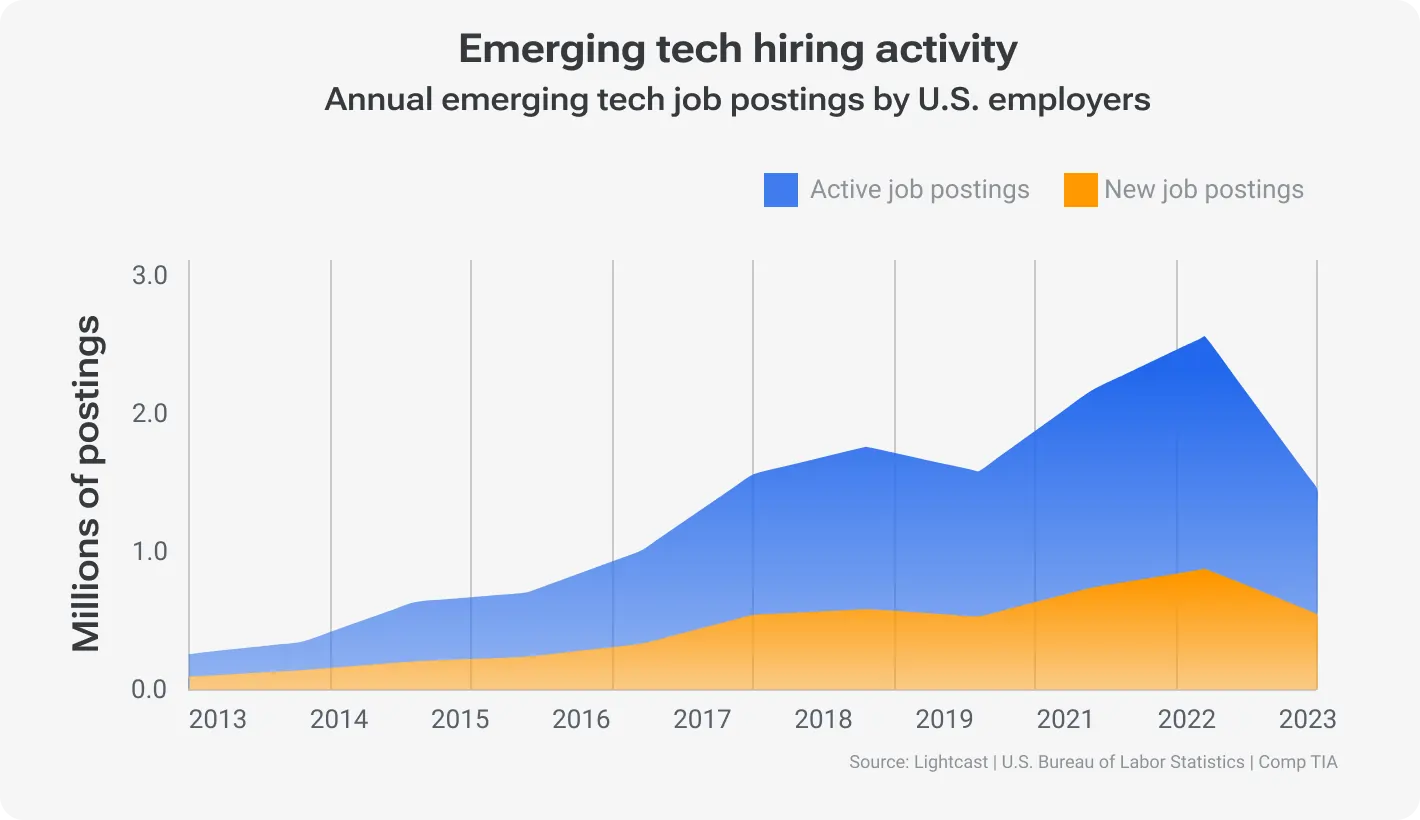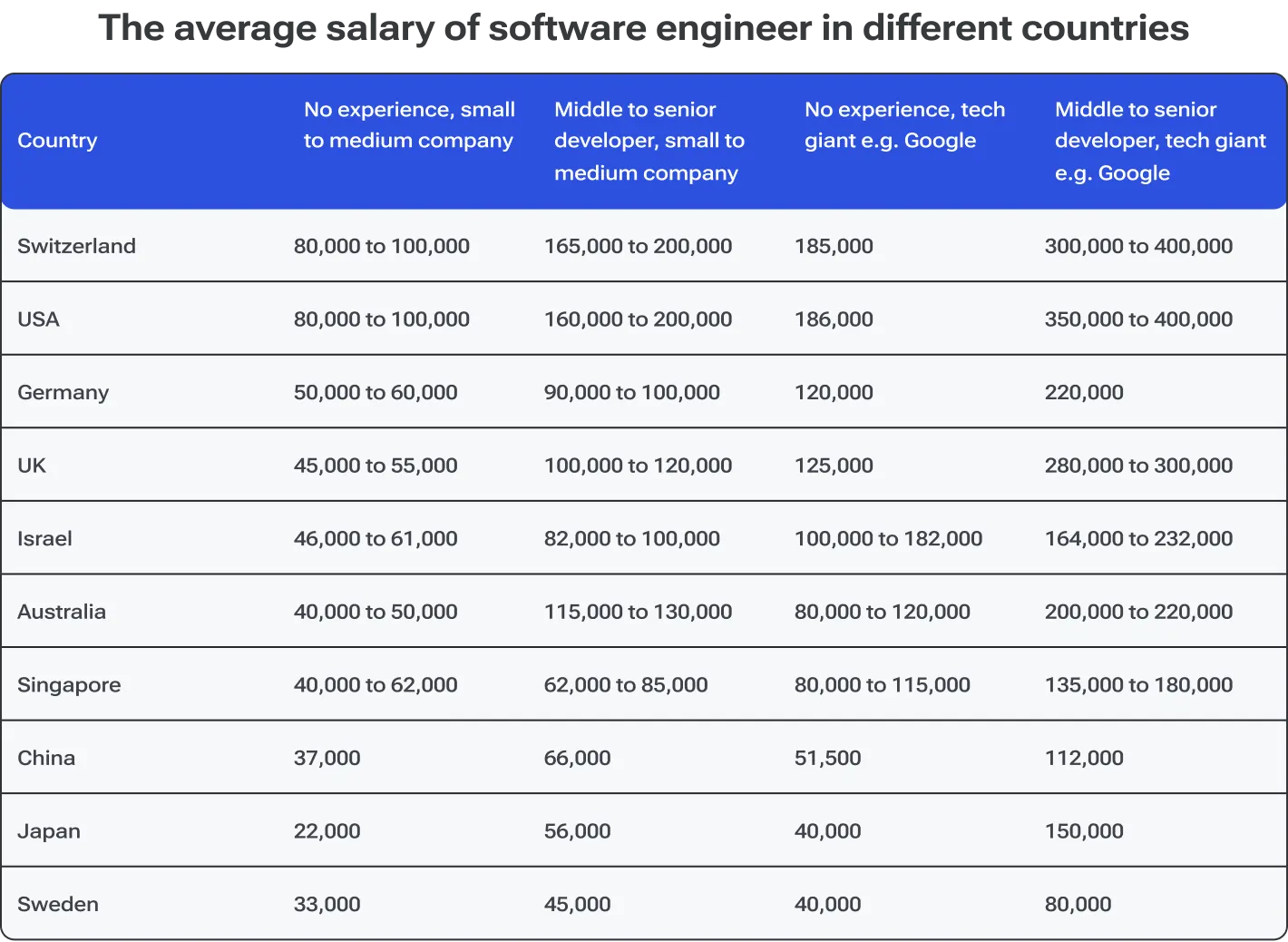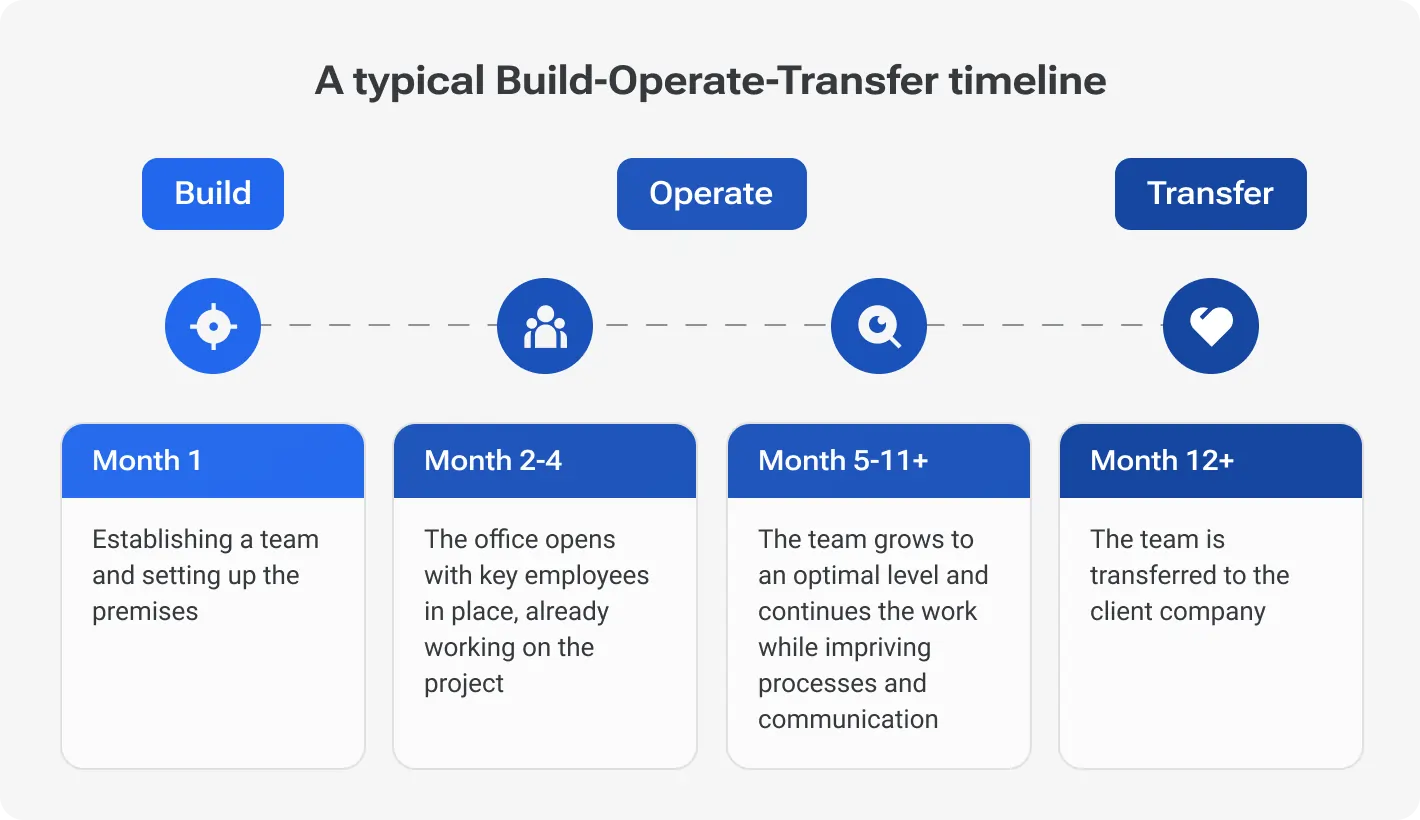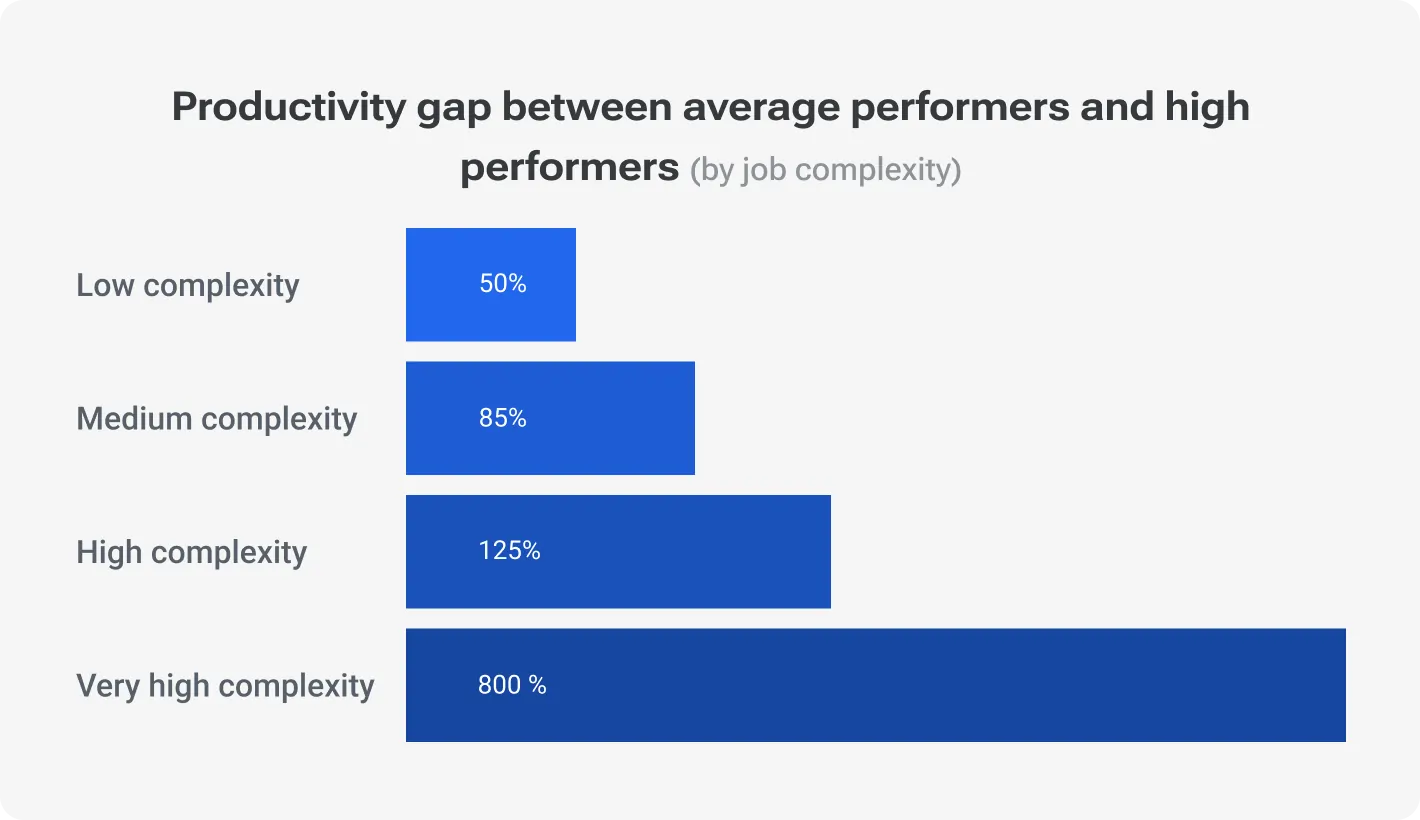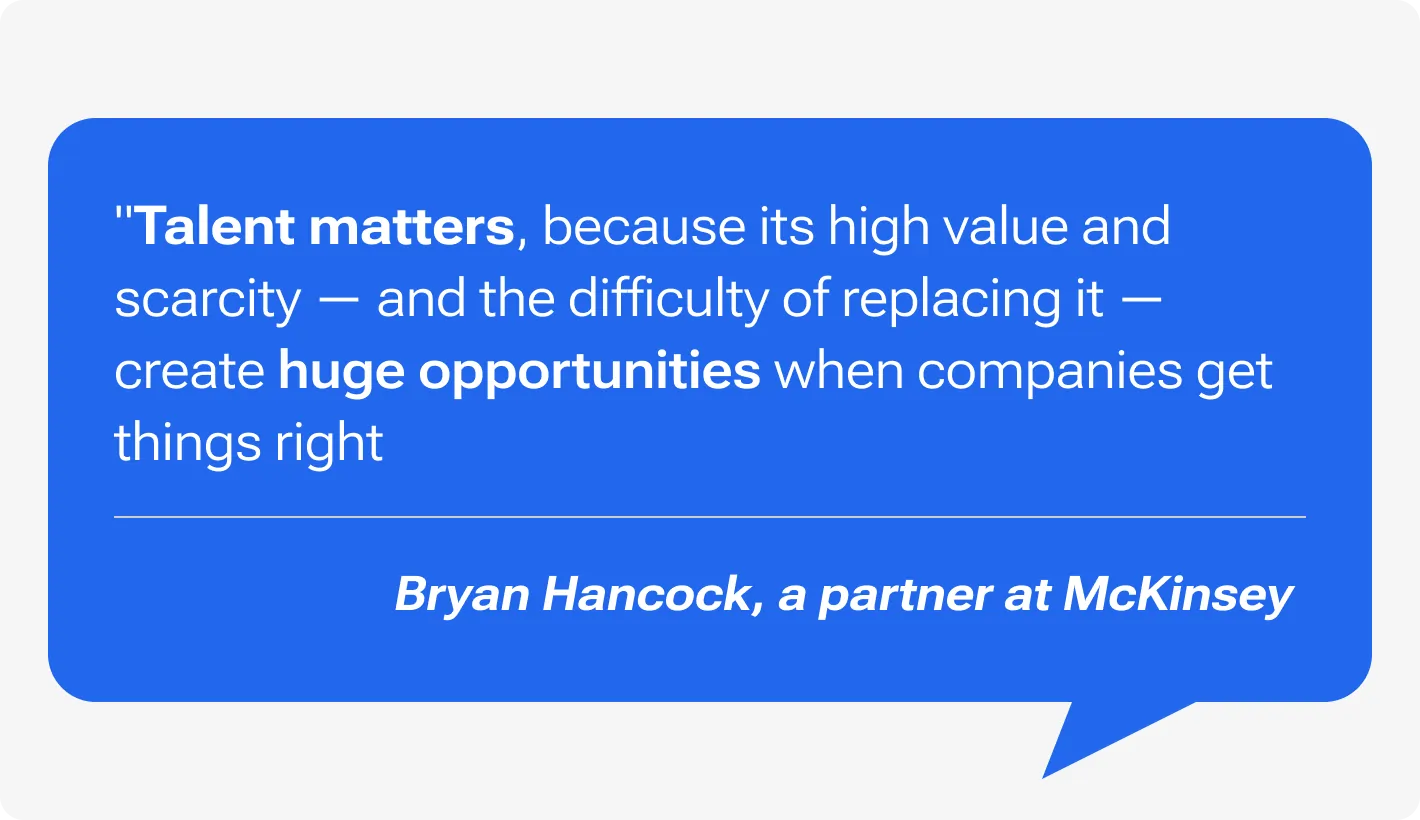In the US companies continue hiring tech workers. Yet, there is a catch: according to CompTIA, around 350,000 workers per year are disappearing now due to automation. Moreover, US companies have a knack for counting money, hands down. That’s why they prefer IT outsourcing benefits. And there are several ways to organize that process and get access to skilled talent.
Imagine you're building a house. You hire an expert team to design and construct it, oversee its operation to ensure everything runs smoothly, and then gradually take over full ownership and management. This is the essence of the Build-Operate-Transfer (BOT) model in IT outsourcing. The BOT approach allows businesses to leverage external expertise in the initial phases, gradually transferring control as they build internal capabilities.
Further down, we will focus on the top five benefits of the BOT approach in IT outsourcing. Each benefit highlights how this model can strategically enhance your business operations and drive significant value. The strategic value and potential impact of the BOT model can transform how you manage IT projects, reduce risks, and optimize costs.
First: Maximizing cost efficiency in IT outsourcing with the BOT model
The Build-Operate-Transfer model allows companies to spread out expenditures and leverage external expertise. Additionally, the BOT model reduces initial capital outlay and provides predictable long-term costs.
Reducing initial capital expenditure
With a traditional approach, business owners encounter significant costs at the very beginning of their initiative. Like a rocket that burns an insane amount of fuel to break through the Earth's atmosphere.
The BOT model significantly cuts down on that initial capital expenditure. During the Build phase, an external partner sets up the necessary infrastructure, hires skilled personnel, and develops IT processes. This phase eliminates the need for the client to make large upfront investments in infrastructure and human resources.
The average cost of hiring a skilled IT professional exceeds USD 4,700 per hire, not including the time and resources needed for onboarding and training. The BOT model mitigates these costs by utilizing the partner’s resources and expertise.
Streamline your project development with minimal risks and maximum control over your assets, all while saving up to 50% of your budget
Financial advantages during each phase
Build phase: The external partner handles the setup costs, which include infrastructure, technology, and recruitment. This phase ensures that companies do not have to bear the financial burden of initial investments.
Operate phase: During this phase, the external partner manages the day-to-day operations and continues to optimize processes. The client pays for these services as part of an ongoing fee, which allows for predictable budgeting and avoids unexpected expenses.
Transfer phase: In the final phase, the ownership and operational control are gradually transferred to the client. By this stage, the processes are streamlined and the team is well-trained, reducing the risk of additional costs during the transition.
To back up and risk mitigation in IT outsourcing
Financial experts highlight the BOT model’s cost efficiency. Simple comparison analysis will lead you to the fact that you can save up to 30% on operational costs through effective outsourcing models like BOT. Furthermore, when Viber expanded its development capabilities using the BOT model, they managed to scale their operations without incurring high initial costs, demonstrating significant financial savings.
This model offers substantial cost savings. However, it is important to consider potential risks as well. The possibility of cost overruns during the Build phase or unexpected expenses during the Transfer phase. Usually, companies mitigate these risks through detailed planning, robust contracts, and ongoing communication between the client and the external partner. Regular performance reviews and clear Service Level Agreements (SLAs) ensure that both parties remain aligned on budget and expectations.
Second: Enhancing flexible control and eliminating "white labeling" with the BOT model
Flexible control and eliminating the need for "white labeling" in IT outsourcing are some of the most obvious benefits of the BOT model. This approach ensures that businesses maintain direct oversight of their projects and preserve their brand integrity.
Flexible control throughout the project
The BOT model allows companies to retain flexible control throughout the project lifecycle. In the build phase, the external partner sets up the infrastructure and recruits the talent based on the client’s specifications. This ensures that the initial setup aligns with the client’s strategic goals and requirements. During the operate phase, the external partner manages daily operations, but the client can oversee these activities and provide input as needed. This phase allows for continuous adjustments to optimize performance and address any issues promptly.
As the project moves into the transfer phase, control gradually shifts to the client. This gradual transition ensures that the internal team is well-prepared to take over operations, maintaining the project's continuity and quality. “Mini-benefits” also have a place:
Improved decision-making: Direct access to the BOT team and transparent communication empower you to make informed decisions throughout the project lifecycle.
Reduced risk of misalignment: Clear ownership and visibility into the development process minimize the risk of misalignment between your business goals and the delivered IT solution.
Smoother knowledge transfer: When your internal team actively participates in the Build and Operate phases, knowledge transfer during the transfer phase becomes a natural progression. This ensures a smooth handover and minimizes potential disruptions.
Eliminating "white labeling"
"White labeling" is when a third-party service provider delivers a product or service that is rebranded and sold under the client’s name. This practice typically leads to a lack of transparency and control over the final product.
The BOT model eliminates this issue by ensuring that the client is involved in every phase of the project. Since the external partner builds and operates the project based on the client’s requirements, there is no need for rebranding. The client retains full visibility and control over the project, ensuring that it meets their standards and expectations.
To back up: conditional example
We have a company expanding its software development capabilities using the BOT model. The external partner sets up the development team and manages operations, while the client supervises the process. By the time the project is transferred, the client has full control over a team that understands their business and technology stack. This seamless transition ensures that the project remains true to the client’s brand and quality standards.
Third: Accelerating speed to market with the BOT model
This model is renowned for its ability to accelerate the setup and operational readiness of IT projects. This speed is crucial in the fast-paced IT industry, where time-to-market can significantly impact a company’s competitive edge.
Accelerated setup and operational readiness
An external partner will significantly enhance any business's initial setup phase. This partner manages infrastructure setup, talent recruitment, and process development efficiently, allowing the project to get off the ground quickly.
Traditional outsourcing models often involve lengthy negotiations and slower resource mobilization. Although not mandatory, setting up a project with traditional outsourcing can often take more time and effort than implementing the BOT model.
Comparing timelines: Traditional outsourcing vs. BOT
Traditional outsourcing models typically require extensive planning, contract negotiations, and resource allocation, often taking 6 to 12 months before a project is fully operational.
At the same time, the BOT model can complete the setup phase within 3 to 6 weeks. Lightning-fast timeline is achieved through the partner’s existing infrastructure and expertise, allowing for immediate project initiation and rapid deployment.
Case study: Zinnov's healthcare software project
A notable example of the BOT model's efficiency is a US-based healthcare software company that partnered with Zinnov. They aimed to set up a 100-member team in India. Zinnov managed the setup, including infrastructure and talent acquisition, significantly faster than traditional methods. The company transitioned to operational readiness, which enabled them to bring their product to market ahead of schedule. Notable showcasing of the BOT model in action.
Impact on competitive advantage and business growth
Basically, the example above already sheds light on the obvious and non-typical advantages of the model. Yet, let’s back up one more time since faster deployment through the BOT model provides really competitive advantages.
Companies can introduce new products and services quickly, responding to market demands more effectively. This agility is crucial for maintaining a competitive edge and driving business growth. Moreover:
Capturing early market share: Being the first to market with a new product or service allows you to establish brand recognition and capture a larger share of the market before competitors catch up.
Enhanced customer satisfaction: Meeting evolving customer needs quickly positions you as a leader in innovation and responsiveness.
Maximized return on investment: Reducing development timelines translates to earlier revenue generation and a faster return on your IT investment.
Four: Access to skilled talent. The BOT model advantage
Businesses with unparalleled access to a skilled and scalable workforce gain ground in any market. This model ensures that companies can tap into high-quality talent without the usual challenges associated with recruitment and training.
Access to a skilled and scalable workforce
The BOT model implies an outsourcing partner has a pool of highly skilled professionals. This may be realized either through a network of proven independent specialists or through top-class hiring agencies. Either way, they get the best people for their projects from the outset, which is crucial for maintaining high standards and achieving project goals efficiently.
Recruitment and training during the Build phase
During the Build phase, the external partner takes on the responsibility of recruiting and training the workforce. This process includes identifying the specific skills needed for the project, conducting rigorous interviews, and selecting candidates who meet these requirements. The partner then provides targeted training to ensure that the new hires are fully prepared to take on their roles. This approach not only saves time but also guarantees that the team is equipped with the necessary skills and knowledge from day one.
Operational benefits in the operate phase
We just can’t skip operational benefits. Experienced professionals often have a knack for managing day-to-day operations, optimizing processes, and meeting performance metrics. Leverage them to achieve smoother operations, fewer errors, and higher productivity. This phase is crucial for ensuring that the project runs efficiently and meets its objectives. As talent acquisition expert Corey noted, “Your workforce determines your success — making attracting top talent vital”.
Five: Ensuring operational backup with the BOT model
Let your partners go beyond simply building and transferring your IT infrastructure. They typically offer a solution that acts as your trusted co-pilot throughout the entire journey. Consequently, you get significant operational advantages, freeing your internal team to focus on strategic initiatives while ensuring the smooth day-to-day running of your IT function.
Comprehensive administrative support
BOT model companies manage everything from recruiting software developers and managing payroll to negotiating office leases and offering tax consulting. This way, all administrative functions are seamlessly integrated and efficiently managed since your partner did it many times and has a well-tuned flow. You, as a client, can focus on your core business activities. Let’s run through the core tasks an outsourcing partner helps with:
Recruitment and talent management: Your outsourcing partner leverages their expertise to source, screen, and assemble a skilled IT team tailored to your specific needs. This eliminates the burden of in-house recruitment processes and ensures a seamless onboarding experience.
Payroll and HR management: The BOT provider handles payroll processing, compliance with local labor laws, and other HR functions for the offshore team. This frees you from navigating complex international regulations and allows you to focus on core business activities.
Facility management and logistics: They find and secure appropriate office space as well as manage IT infrastructure logistics. Basically, you get an offshore IT branch without being snowed under organizational chores. A well-equipped and functional workspace to operate from day one is what you end up with instead.
Legal and compliance support
Legal compliance is a critical aspect of setting up operations in a new region. BOT model companies employ lawyers who are well-versed in international IT law. These legal experts ensure that the offshore branch complies with all local regulations. They handle the preparation of necessary documents for a seamless R&D transfer, ensuring that all legal requirements are met.
If you don’t pay enough attention to these matters, you can end up like Uber in China. In 2014, a fast-growing service entered the China market investing USD 1B to hit the ground running. However, local peculiarities, including laws and a hare-brained payment scheme, threw Uber a curveball.
The takeaway — take a proactive approach to legal compliance. This way, you will minimize risks and ensure smooth operations.
Financial and tax consulting
Financial issues didn’t allow Uber to conquer the China market, either. Managing financial aspects and ensuring tax compliance can be challenging, especially in a foreign country. Use comprehensive tax consulting services to navigate these complexities. BOT companies help in understanding local tax laws, optimizing tax strategies, and ensuring compliance with all financial regulations. This support is crucial for maintaining financial health and avoiding potential legal issues.
Operational continuity and risk management
Considering BOT services, pay attention to the benefits for honing an IT strategy. The BOT model ensures that operations are not disrupted, even in the face of unexpected challenges. Outsourcing partners manage all aspects of the operation, from recruitment to legal compliance, and provide a robust framework for operational continuity. Fewer risks, smoother operation.
To sum it up
The top five benefits of the Build-Operate-Transfer (BOT) model in IT outsourcing are clear. The BOT model reduces initial capital expenditure, decreases operational risks, accelerates setup and operational readiness, provides access to skilled talent, and offers comprehensive operational backup.
Strategically, it also has something to say. It allows businesses to leverage external expertise while maintaining control, ensuring compliance, and optimizing costs. The BOT model's flexibility and efficiency make it an ideal choice for companies looking to enhance their IT operations. Changing your standard approach can help you achieve your business goals more effectively and efficiently.
Do you need scalable resources to accommodate rapid growth or adapt quickly to fluctuations in demand?


